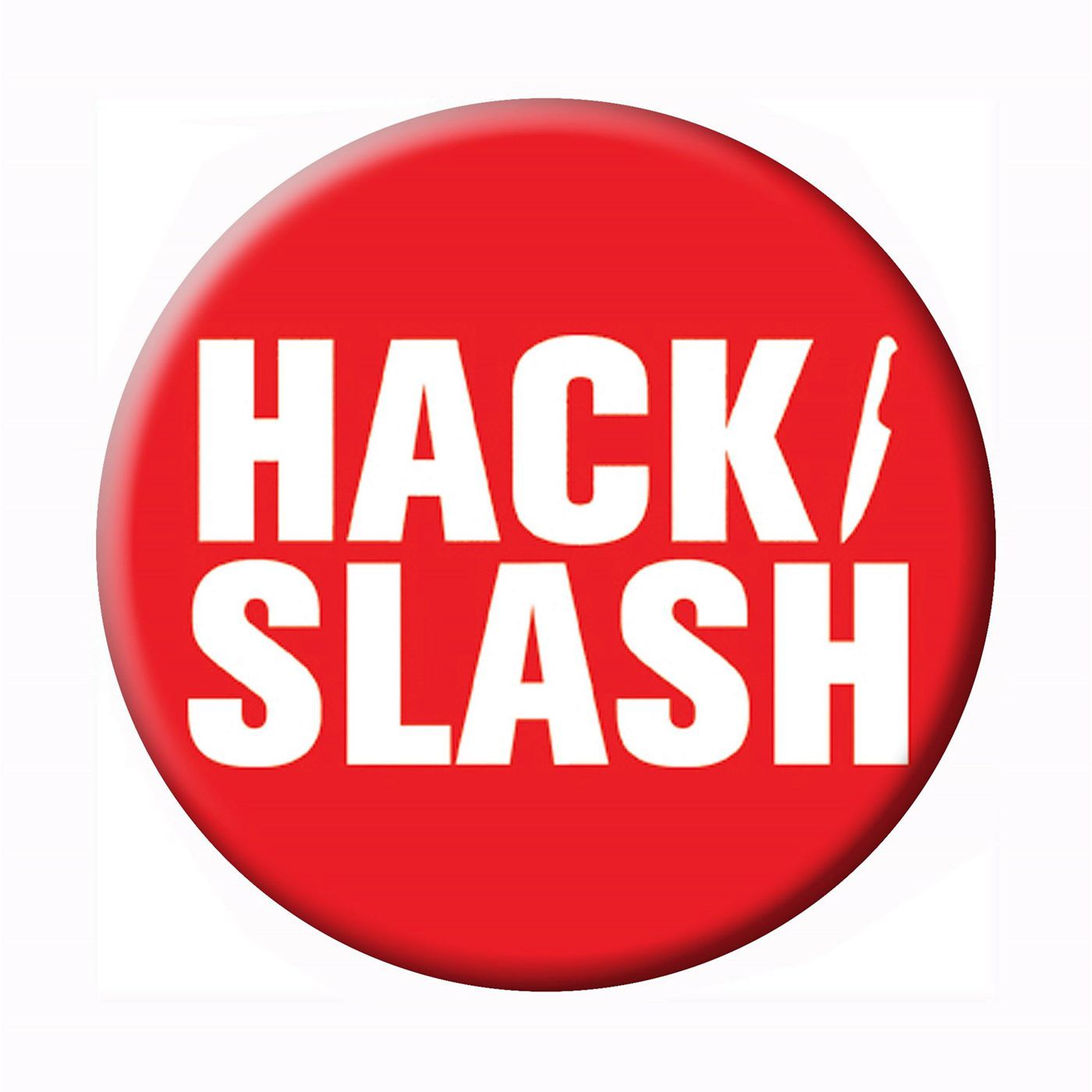

The term "hack and slash" itself has roots in " pen and paper" RPGs such as Dungeons & Dragons, denoting campaigns of violence with no other plot elements or significant goal. In turn, Devil May Cry (2001) was influenced by earlier hack-and-slash games including Onimusha: Warlords (2001) and Strider. This subgenre of games was largely defined by Hideki Kamiya, creator of Devil May Cry and Bayonetta. The genre is sometimes known as "character action" games, and represent a modern evolution of traditional arcade action games. Examples include Capcom's Devil May Cry, Onimusha, and Sengoku Basara franchises, Koei Tecmo's Dynasty Warriors and 3D Ninja Gaiden games, Sony's Genji: Dawn of the Samurai and God of War, as well as Bayonetta, Darksiders, Dante's Inferno, and No More Heroes. In the early 21st century, journalists covering the video game industry often use the term "hack and slash" to refer to a distinct genre of 3D, third-person, weapon-based, melee action games. The term "hack-and-slash" in reference to action-adventure games dates back to 1987, when Computer Entertainer reviewed The Legend of Zelda and said it had "more to offer than the typical hack-and-slash" epics.
HACK SLASH SERIES
Traditional 2D side-scrolling examples include Taito's The Legend of Kage (1985) and Rastan (1987), Sega's arcade video game series Shinobi (1987 debut) and Golden Axe (1989 debut), Data East's arcade game Captain Silver (1987), Tecmo's early Ninja Gaiden ( Shadow Warriors) 2D games (1988 debut), Capcom's Strider (1989), the Sega Master System game Danan: The Jungle Fighter (1990), Taito's Saint Sword (1991), Vivid Image's home computer game First Samurai (1991), and Vanillaware's Dragon's Crown (2013). In the context of action video games, the terms "hack and slash" or "slash 'em up" refer to melee weapon-based action games that are a sub-genre of beat 'em ups. Types of hack-and-slash games Action video games The two types of hack-and-slash games are largely unrelated, though action role-playing games may combine elements of both. In arcade and console style action video games, the term has an entirely different usage, specifically referring to action games with a focus on real-time combat with hand-to-hand weapons as opposed to guns or fists. The term "hack and slash" was originally used to describe a play style in tabletop role-playing games, carrying over from there to MUDs, MMORPGs, and role-playing video games. Hack-and-slash action games are sometimes known as character action games. It is a sub-genre of beat 'em up games, which focuses on melee combat usually with swords. They may also feature projectile-based weapons as well (such as guns) as secondary weapons. Hack/Slash vs.Hack and slash, also known as hack and slay ( H&S or HnS) or slash 'em up, refers to a type of gameplay that emphasizes combat with melee-based weapons (such as swords or blades).Papa Sugar is the brother of Doctor Death from Child's Play.The events of this story take place two months after the events of the 2004 feature film Seed of Chucky.Chucky makes refence to several notable horror film villains including Freddy Krueger, Jason Voorhees, and Michael Myers, implying that all of the characters might exist in a shared continuity.This issue shipped with a variant cover illustrated by Chris Moreno.

This issue shipped with a variant cover illustrated by Tone Rodriguez and colored by Jeran-François Beaulieu.The series has since spawned numerous sequels, a remake, and a television series.

He first appeared in the 1988 slasher film Child's Play, produced by MGM and United Artists. The character of Chucky was created by writer Don Mancini and director Tom Holland.They first appeared in Hack/Slash: Euthanized #1, published by Devil's Due Publishing in April, 2004. The character of Cassandra "Cassie" Hack and her partner Vlad were created by writer and artist Tim Seeley & artist Stefano Caselli.


 0 kommentar(er)
0 kommentar(er)
